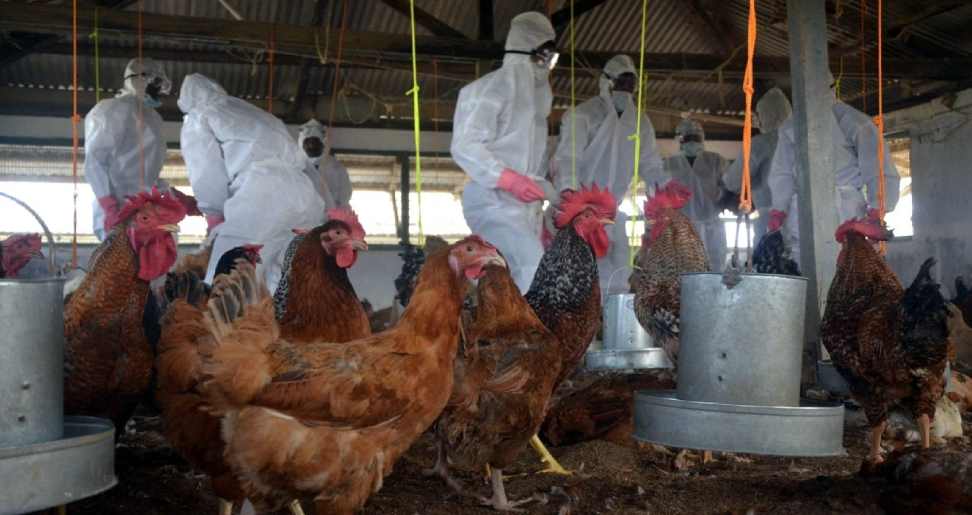A new strain of the bird flu transmits very easily among wild and poultry birds. This is a triggering reason for which every country around the corners of the globe is concerned. There is a chance of spreading this virus and killing varieties of mammal species which is the raising fear of the pandemic. However recent research is showing H5N1 is much more likely to infect wild birds but it is harder to infect human cells and the current outbreak of H5N1 poses low risk to people.
The new strain H5N1 clade 2.3.4.4b, emerged in 2020 and it spread to many parts of Africa, Asia, and different areas of Europe along with North and South America. This virus can infect animals like foxes, grizzly bears, seals, and sea lions when they feed dead and diseased birds. Unlike the earlier outbreak, these subtypes of H5N1 and this is not causing significant disease in people.
According to Dr. Timothy Uyeki, chief medical officer of the U.S. Center for Disease Control and Prevention’s (CDC) Influenza Division.
“We think the risk to the public is low,”
Richard Webby, director of the WHO Collaborating Center for Studies on the Ecology of Influenza in Animals and Birds at St. Jude Children’s Hospital says
“It’s clear that this is a very, very successful virus for birds, and that almost excludes it from being a very, very successful virus in mammals,”
James Lowe, a professor of veterinary clinical medicine at the University of Illinois shares his opinion and says.
“We know that avian viruses can occasionally affect people, but it takes what appears to be lots and lots of contact with birds,”
Read More:-
- Health Benefits Of Smelt Roe In 2024
- How Good Or Bad Is Soya For Men’s Health?
- Why Do Exercise Needs Vary Between Individuals?
- 7 Effective Ayurvedic Herbs and Remedies to Treat Thyroid
~News source:- https://tinyurl.com/3vz8hfv5


